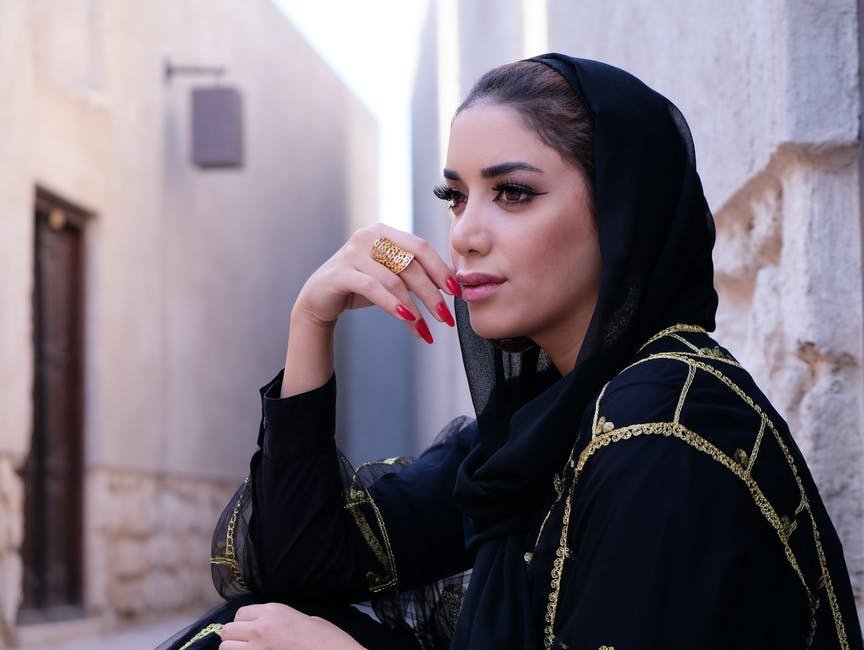The Relevance of Religious Garments

The wearing of religious garments has various functions. Several of these things are spiritual, however they also offer practical functions. For example, the clergy of Rytianism wear a taken to represent their honesty. Others put on a wide belt with a bag, often decorated to reveal Rytia in her protective aspect. The majority of other religious neighborhoods follow the very same practices. Right here is an overview of some of one of the most usual spiritual clothes products. For more helpful tips about importance of various Religious Garments visit the company website.
A kippah is one of the most typical item of spiritual apparel for Jews, although a few other neighborhoods have different needs. In Western churches, clergy put on cassocks. The cassock is a lengthy garment with lengthy sleeves and also is usually buttoned at the midsection. Relying on the ranking of the priest, the cassock is either white, black, or scarlet. In some Eastern churches, the cassock is changed by a cassock or rhason. Generally, the cassock was used by priests and bishops, yet this has actually come to be unusual in the United States.
In some cultures, headcovering is a requirement. As an example, in Saudi Arabia, a veiled woman may not subject her head. Ahead of the head, a Muslim woman using a hijab might not be permitted to shave her head. The headcovering is not the only integral part of religious clothing, nonetheless. In some cultures, head treatments are associated with citizenship, gender, and social standing. Similarly, men and women using ear flaps reveal they are exposed to cold weather.
Inevitably, the question of gender-specific misuse is crucial. Bans focused on banning full-face shrouds have actually overmuch impacted Muslim females. In addition to being unjustified, these bans are inequitable. They are unneeded and may wind up having a negative effect on women's lives. Additionally, they break women's legal rights to self-determination. There are lots of instances where females should pick in between their religious beliefs and their individualities.
Often, the religious clothes regulations are imposed instead of public events. While the European Court of Human Rights has ruled that Turkey's restrictions on spiritual clothes in public places break the right to freedom of religion, such constraints can cause violence. And, while the courts are reluctant to implement their choice, they have actually made clear that state disturbance in religious symbols may be unconstitutional.
This instance has the possible to lead to a ban on a broader range. The most common kind of religious clothes for Hindus is the tilak, a white thread that is normally endured the forehead as a sign of holiness. The hijab is not required in every country, though. In some countries, females are required to put on a headscarf or tilak, while guys do not. A skullcap is usually put on by Muslims, although not as widely. For males, a skullcap is usually worn throughout day-to-day prayers.
Apparel worn by spiritual leaders has several functions. A monk in a simple bathrobe is close to the Buddha, while a Mormon missionary might remain in a more specialist frame of mind by putting on a conventional sweater. A Buddhist monk wearing a yarmulke in Colombo, Sri Lanka, is an instance of spiritual garments that may be related to a spiritual neighborhood. In a nonreligious context, religious sweatshirts are used to show respect for practice.
This link https://www.encyclopedia.com/fashion/encyclopedias-almanacs-transcripts-and-maps/religion-and-dress sheds light into the topic—so check it out!
